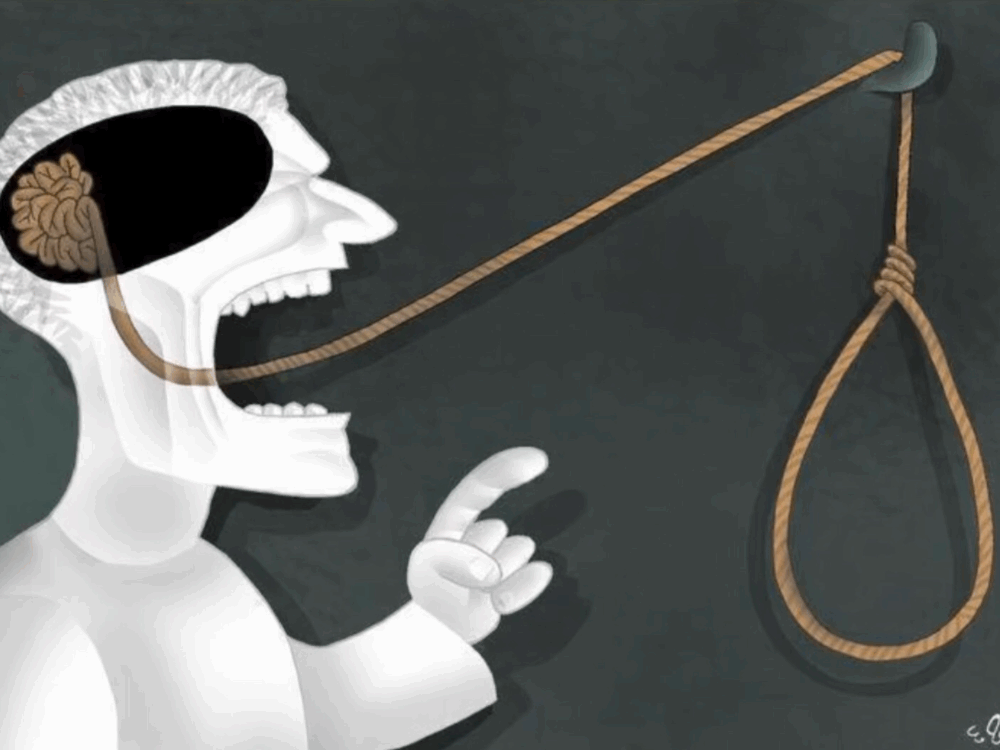Conformity and the Foundations of Self-Confidence
One of the most famous experiments in the history of psychology was conducted by American psychologist Ph.D. Solomon Eliot Asch in the 1950s. The experiment focused on the study of conformity. The results showed that people tend to agree with the incorrect opinion of the majority, even when they realize that opinion is wrong and know the correct answer.
The Essence of the Experiment
The experiment involved a group of six students who were asked to take a vision test. They had to look at drawings and determine which of the lines were the same length. Five of the group members were actually confederates who were instructed to give incorrect answers. To avoid arousing suspicion, sometimes one of them would give the correct answer.
The real participant, unaware of the setup, found themselves in the minority. If they answered correctly—because the answer was obvious—they had to state their opinion in opposition to the rest of the group. This put them in a position of isolation and created an internal conflict between the obvious correct answer and the opposing opinions of their peers.
Experiment Details and Results
A total of 123 participants took part in the experiment. They viewed 18 pairs of cards and answered 18 questions, always responding last in the group. The group gave correct answers to the first two questions, but starting from the third, all the confederates gave the same incorrect answer, which confused the participant.
Participants reacted differently: some maintained their independence and gave the correct answers, refusing to agree with the majority’s mistake. Others almost always yielded to the majority—this group made up 36.8% of participants.
Among the independent individuals, some were confident in their correctness and insisted on their position, even when they had to overcome doubts and restore their inner balance. Others with independent opinions believed that “the majority are just following the first answer,” or “the majority are victims of an optical illusion,” or that the majority could be right, but still stuck to their own view because they wanted to stay true to themselves.
Among the 36.8% who conformed (45 out of 123 people), there were three times as many women as men—33 women and 12 men. Their reasoning included: “I’m wrong and they’re right,” “I don’t want to ruin your results,” or a belief that they had a shameful flaw to hide at any cost. What united them was that they didn’t consider why they agreed with the majority’s opinion.
What Drives Conformity?
Is the main factor the number of people, or the fact that a person is left alone? To answer this, the experimenters changed the conditions. When only one person opposed the participant, they answered independently and correctly. When two opposed them, conformity averaged 13.6%. When three opposed them, conformity rose to 31.8%. Further increases in group size had little additional effect.
In another variation, a “partner” was introduced among the confederates who gave correct answers. The participant was no longer confused, trusted the partner, and felt warmth and closeness toward them. Having support significantly reduced conformity, with the rate of yielding dropping fourfold to 9.2%. Even the weakest personalities were less obedient in these conditions.
The Impact of Losing Support
The organizers wondered: if gaining a partner reduces conformity, what happens if the partner is lost? In this scenario, the partner gave correct answers for the first 6 out of 18 questions, then began giving incorrect answers. The participant then started giving incorrect answers at the same rate as when they had gained a partner.
The most surprising finding was that the results changed depending on why the participant lost their partner. If the partner “betrayed” them and joined the opposition, the participant “gave in” and started conforming. If the partner was suddenly called away and left involuntarily, the participant continued to stick to their chosen line and gave correct answers, even when alone against the unanimous majority.
As Asch wrote in his description of the experiment: “We constantly changed the degree of difference between the comparison lines and the standard, hoping to find a ratio where the majority’s error would be so obvious that every participant would reject it and remain independent in their judgments. Unfortunately, we had no success. Even when the difference between the lines was eighteen centimeters, there were still participants who joined the majority’s errors.”
Applying the Results: Building Self-Confidence
How can the results of this experiment help us understand and develop self-confidence? Here are seven key principles:
- Be aware – Understand what is happening in the present moment.
- Trust yourself – Make decisions based on your own perception.
- Allow yourself to make mistakes and express your own opinion.
- Don’t take on others’ perspectives unless asked.
- Have a close partner you can rely on, even in their absence.
- Be able to regulate your internal states.
- Have a clearly formed worldview, value system, and beliefs.
Of course, these seven rules won’t instantly make someone self-confident, because self-confidence is based on self-esteem, which in turn is rooted in a sense of true self—and connecting with that isn’t always easy. However, by following these principles, you can make significant progress on the path of personal growth and self-regulation.



